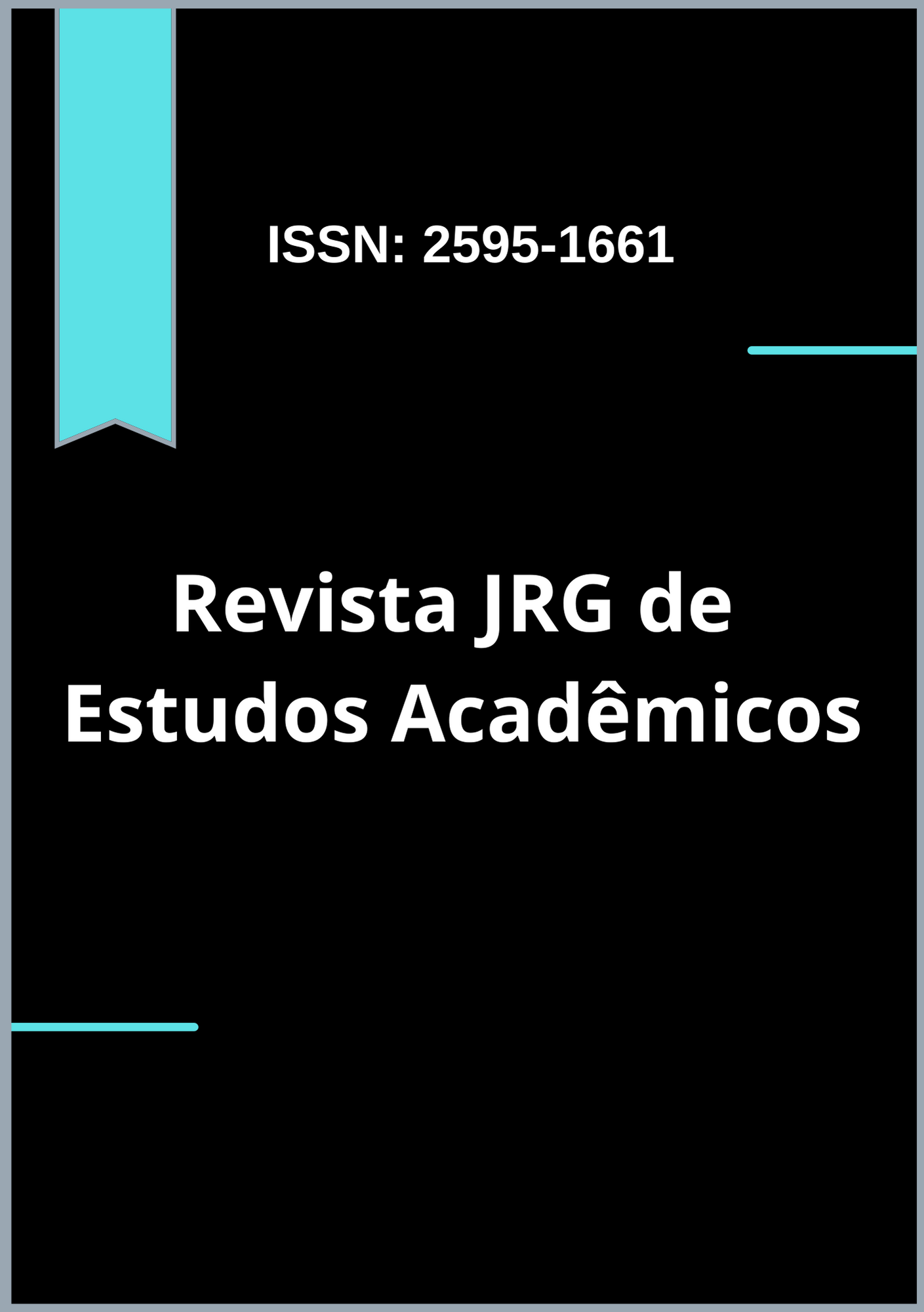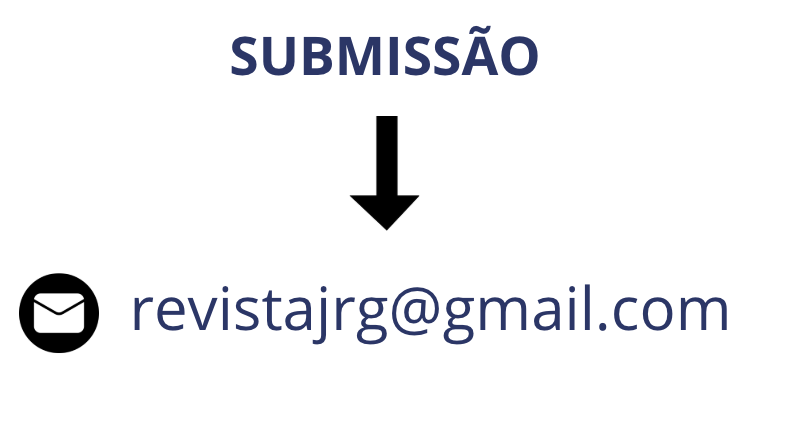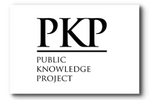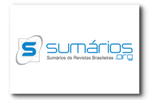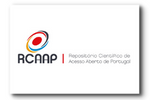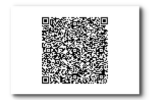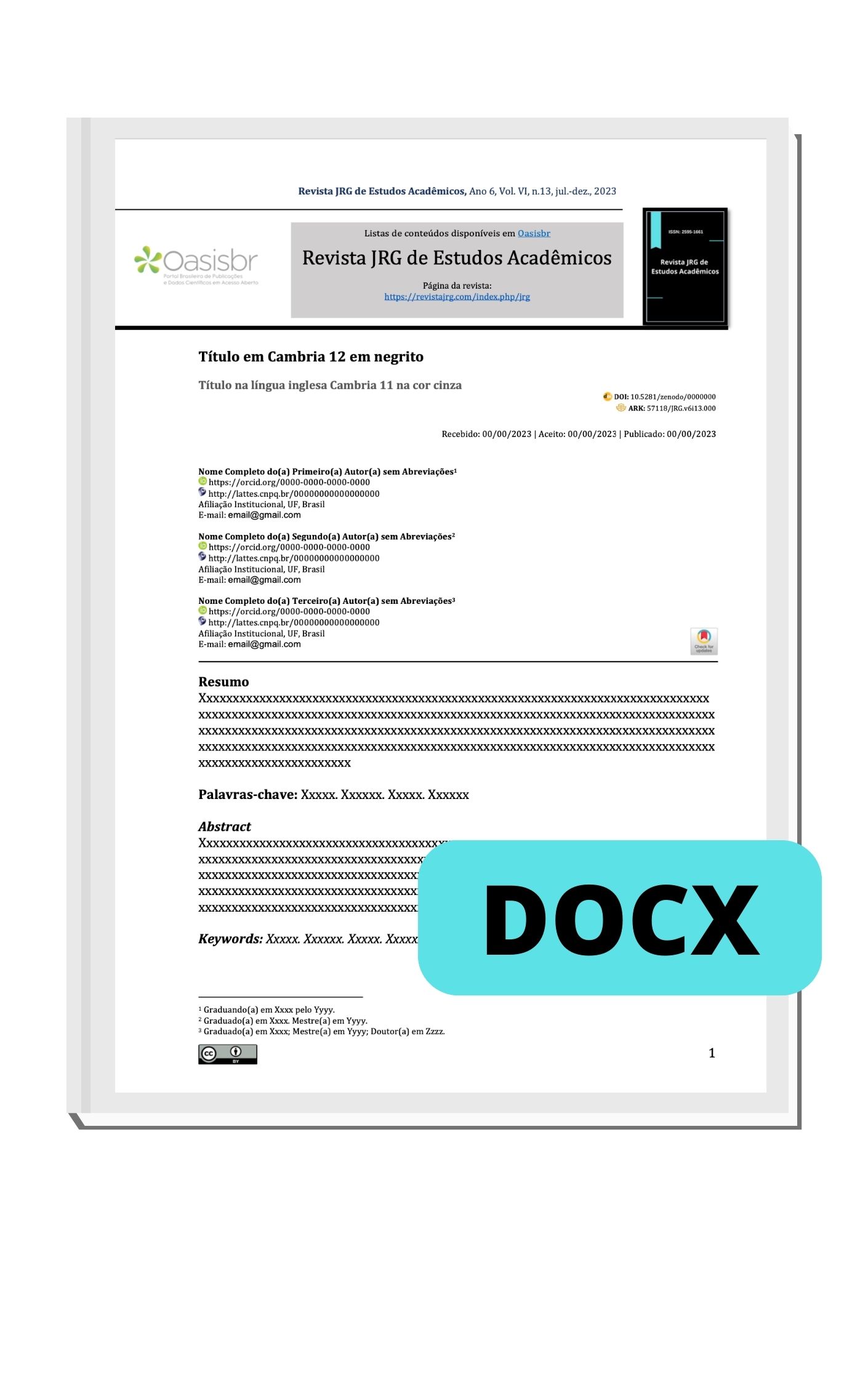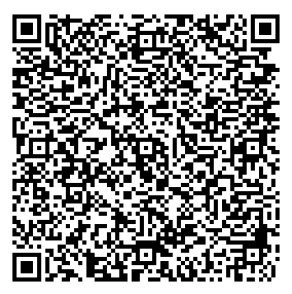Segurança do Trabalho: O uso da Realidade Virtual na Educação Profissional e Tecnológica
DOI:
https://doi.org/10.55892/jrg.v8i19.2557Palabras clave:
Realidade Virtual, Educação Profissional e Tecnológica, Segurança do TrabalhoResumen
A Realidade Virtual (RV) tem o potencial de criar ambientes educativos inovadores, como a simulação de situações de trabalho que podem ser perigosas. O uso de equipamentos de RV em escolas técnicas pode enriquecer o aprendizado em Segurança do Trabalho, permitindo que os estudantes pratiquem a escolha e uso de Equipamentos de Proteção Individual (EPIs) em um ambiente virtual. Utilizando a Unreal Engine e ferramentas como Blender e GIMP, o projeto visa criar um vestiário virtual onde os alunos interagem com os EPIs, escolhendo os adequados para diferentes tarefas. O objetivo é reforçar o hábito do uso dos EPIs, integrando o conhecimento teórico com a prática virtual. Além disso, o uso de RV em ambientes educacionais pode aumentar a motivação e a retenção de conhecimentos dos alunos, simulando situações reais sem os riscos associados. Este projeto serve como um passo inicial para investigar a viabilidade do uso de realidade virtual e o desenvolvimento de um ambiente de aprendizagem virtual mais amplo e sofisticado.
Descargas
Citas
BLENDER. Disponível em: https://www.blender.org/. Acesso em: 01/12/2024.
CHANG, E.; KIM, H. T.; YOO, B. Virtual reality sickness: a review of causes and measurements. International Journal of Human–Computer Interaction, Taylor & Francis, v. 36, n. 17, p. 1658–1682, 2020.
CHAVEZ, J. A.; MATENCIO M. Eleazar Moises. Uso del Simulador Cade SIMU en el logro de competencias en estudiantes de EPT-IE San Mateo de Huanchor-Huarochiri. 2024.
CORTINA, H. Justiça Verso em imersão: análise sobre os possíveis usos da realidade aumentada e realidade virtual no processo judicial brasileiro. In: O MANANCIAL - REPOSITóRIO DIGITAL DA UFSM. [S.l.], 2023.
EKPENYONG, C. E.; ASUQUO, A. E. Recent advances in occupational and environmental health hazards of workers exposed to gasoline compounds. International journal of occupational medicine and environmental health, Instytut Medycyny Pracy im. prof. dra Jerzego Nofera w Łodzi, v. 30, n. 1, p. 1–26, 2017.
GIMP. Disponível em: https://www.gimp.org/. Acesso em: 01/12/2024.
GREGORY, J. Game engine architecture. [S.l.]: AK Peters/CRC Press, 2018.
JUMANI, A. K. et al. Quality of Experience That Matters in Gaming Graphics: How to Blend Image Processing and Virtual Reality. Electronics, v. 13, n. 15, p. 2998, 2024.
KIRNER, C.; SISCOUTTO, R. Realidade virtual e aumentada: conceitos, projetos e aplicações. In: SN. Livro do IX Symposium on Virtual and Augmented Reality, Petrópolis (RJ), Porto Alegre: SBC. [S.l.], 2007. v. 28.
MULDERS, M.; BUCHNER, J.; KERRES, M. Virtual reality in vocational training: A study demonstrating the potential of a vr-based vehicle painting simulator for skills acquisition in apprenticeship training. Technology, Knowledge and Learning, Springer, p. 1–16, 2022.
NEMEC, M. et al. Using virtual reality in education. In: IEEE2017 15th International Conference on Emerging eLearning Technologies and Applications (ICETA). [S.l.], 2017. p. 1–6.
NEMER, E. G. et al. Um estudo de caso sobre o uso de gamificação e da realidade virtual na educação profissional. Revista Fatec Zona Sul (REFAS), v. 6, n. 5, 2020.
OBSERVATÓRIO DIGITAL DE SAÚDE E SEGURANÇA NO TRABALHO. 2024, on-line. Disponível em: https://smartlabbr.org/sst. Acesso em: 24 novembro 2024.
RODRIGUES, A. P.; MONTEIRO, A.; MOREIRA, J. A. Dimensões pedagógicas da sala de aula virtual: teoria e prática. Cadernos de Pedagogia no Ensino Superior, n. 26, p. 3–25, 2013.
SERIN, H. Virtual reality in education from the perspective of teachers. Amazonia investiga, v. 9, n. 26, p. 291-303, 2020.
Unreal Engine. Disponível em: https://www.unrealengine.com/en-US/xr. Acesso em: 20/04/2025.
WIEBUSCH, D.; LATOSCHIK, M. E. Decoupling the entity-component-system pattern using semantic traits for reusable realtime interactive systems. In: IEEE. 2015 IEEE 8th Workshop on Software Engineering and Architectures for Realtime Interactive Systems (SEARIS). [S.l.], 2015. p. 25–32.
